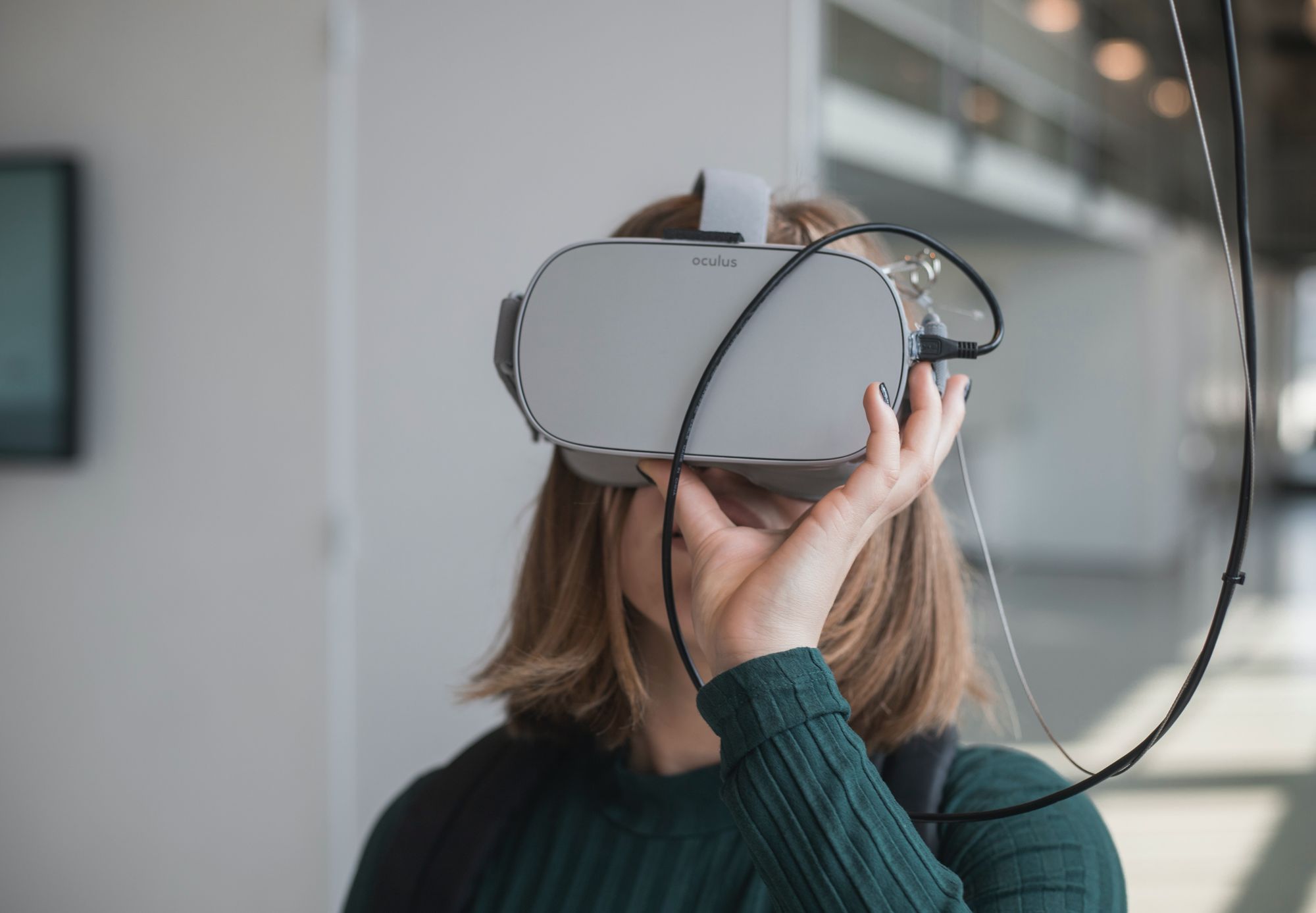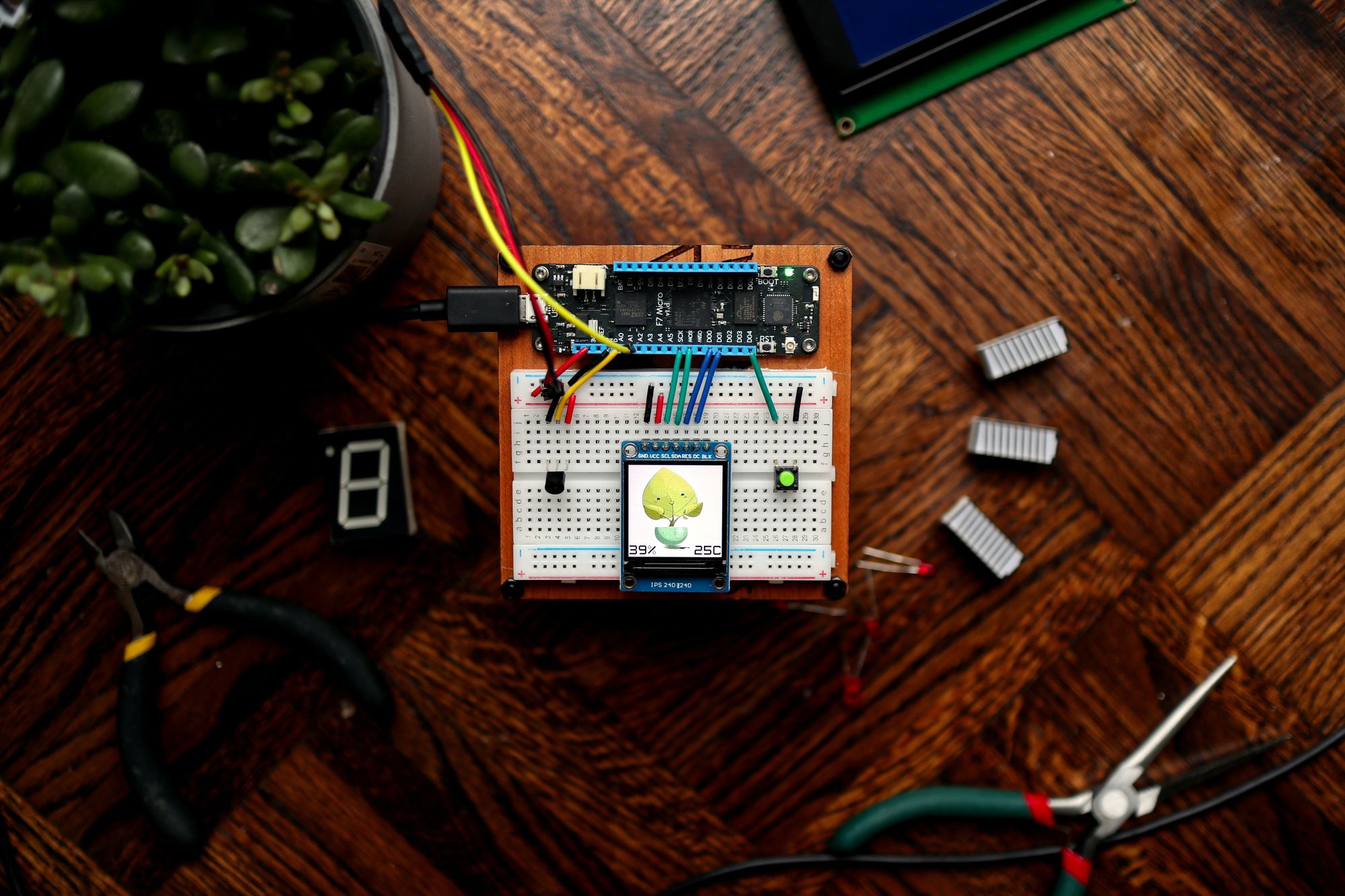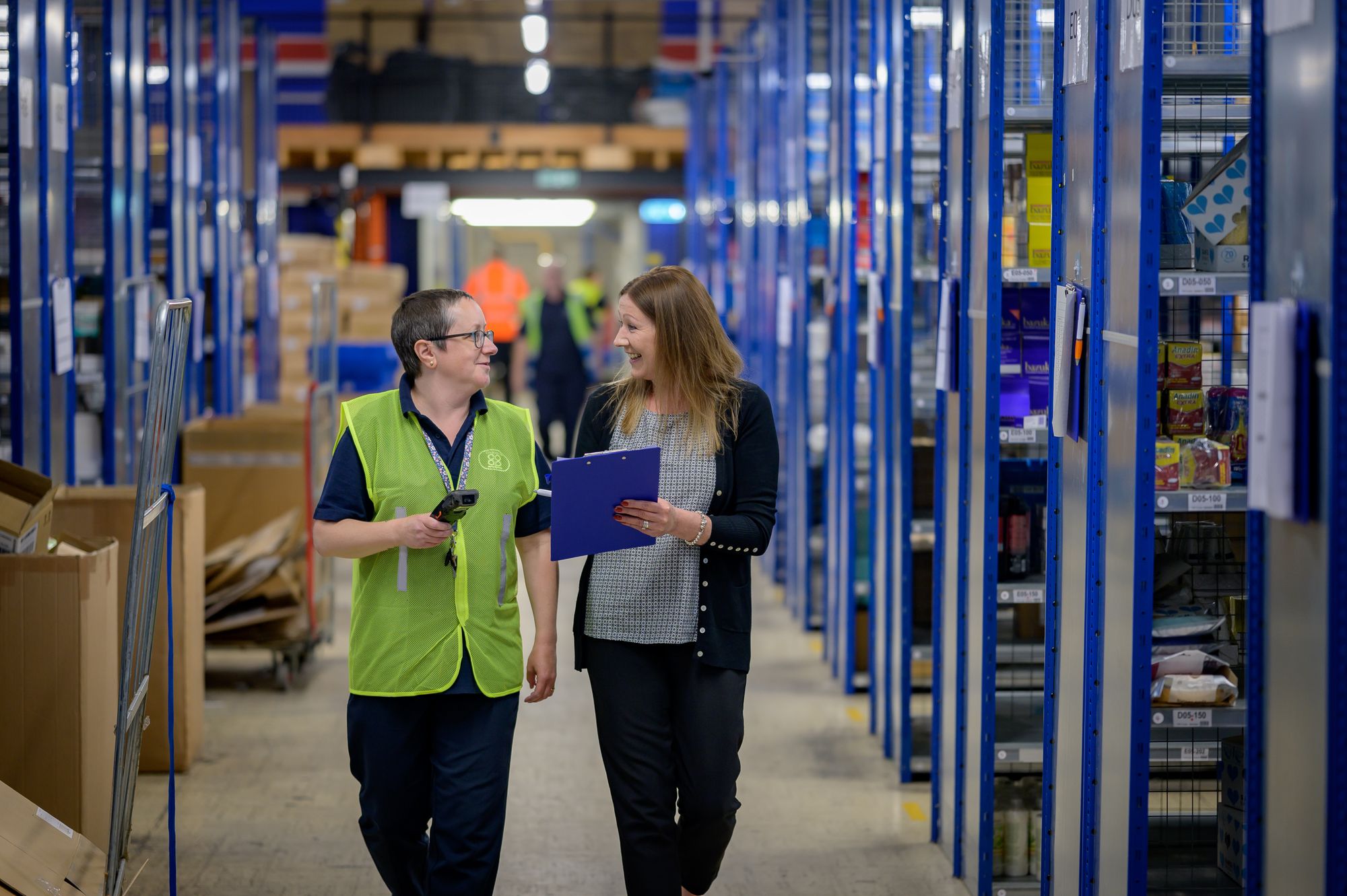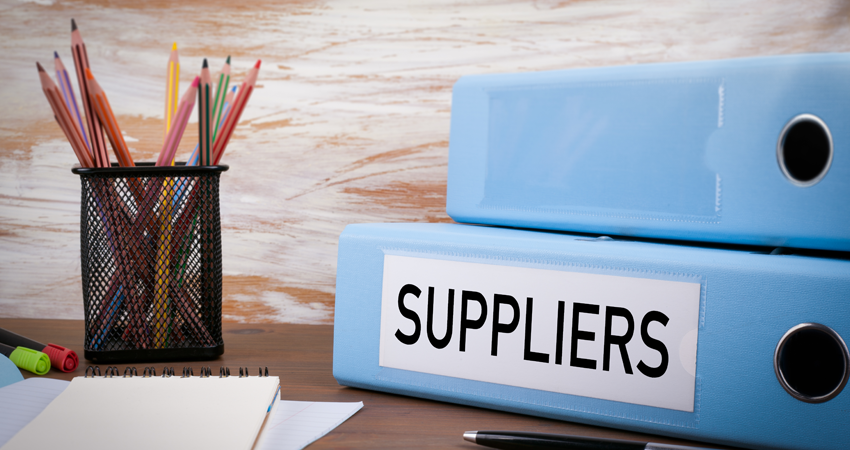According to Accenture's "2020 Innovation Maturity Index," 82% of executives believe innovation is very important for their organization's growth strategy. According to a survey by PwC, "Innovation Benchmark," 60% of businesses see collaboration with external partners as a key enabler of innovation.
According to a survey by Deloitte, "Innovation in the Boardroom," it was found that 87% of executives believe that innovation is important for driving revenue growth. Lastly, as per IDC, "IDC FutureScape: Worldwide Digital Transformation 2021 Predictions", the global spending on digital transformation and innovation is expected to reach $7.8 trillion by 2024.

As these statistics highlight, continuous innovation will help manufacturers make great products, thus leading to better customer loyalty, higher revenue, and improved returns on investment. It will also lead to the establishment of sustainable supply chains and positive brand awareness.
Continuous innovation is an approach to product and service development that encourages continual improvement and experimentation.
It is a way of working that encourages teams to continuously create, test, and refine new ideas in order to stay ahead of competitors and create value for customers. Continuous innovation focuses on rapid cycles of iteration and learning, with the goal of creating and delivering the best possible products or services.
However, to help you understand better how continuous innovation will help you as the manufacturer make great products, this article will cover the following topics:
- What is Continuous Innovation?
- The Rise of Personalization and Continuous Innovation
- How Does Continuous Innovation Help Manufacturers Make Great Products?
- Real-Life Examples of Continuous Innovation that Led to Great Products
- How can Deskera Help You with Continuous Innovation?
- Key Takeaways
- Related Articles
What is Continuous Innovation?
Continuous innovation is the process of constantly improving and refining products, services, and processes in order to stay ahead of the competition and meet the changing needs of consumers. This involves a systematic approach to innovation, where new ideas are constantly being generated and tested in order to identify the best ways to improve products, services, or processes.
Continuous innovation is different from the traditional approach to innovation, which involves creating new products or services from scratch. Instead of focusing on creating something entirely new, continuous innovation involves making incremental improvements to existing products, services, or processes in order to make them better. This leads to higher gross profits and lower business expenses, as well as operating costs.
Continuous innovation requires a culture of experimentation, where new ideas are encouraged, and failure is seen as an opportunity to learn and improve. It also requires a focus on customer needs and feedback, as this is the best way to identify areas for improvement.
One of the key benefits of continuous innovation is that it helps companies stay competitive in a rapidly changing business environment. By continuously improving products, services, and processes, companies are better able to meet the changing needs of consumers and stay ahead of the competition. Additionally, it also improves customer retention and encourages returning customers, which often leads to higher sales referrals.
In addition, continuous innovation can also lead to greater efficiency and cost savings. By constantly looking for ways to improve processes, companies can identify inefficiencies and streamline operations, which can lead to cost savings and increased productivity. This leads to an improvement in business metrics, operational metrics, and financial KPIs.
Overall, continuous innovation is a key component of success in today's business environment. By embracing a culture of experimentation and a focus on customer needs, companies can stay ahead of the competition and drive long-term growth and success.
The Rise of Personalization and Continuous Innovation
Worldwide, the trend towards personalization is permeating supply chains and manufacturing. Businesses are using cutting-edge technologies to handle the labor-intensive aspects of customization and personalization, creating smaller batches, carrying less stock, and mobilizing innovative technologies.
Now, manufacturers are embracing collaborative models that involve their suppliers in the design process up front to create distinctive products that satisfy demand and that suppliers can build and scale affordably. This is different from the old linear models of designing new products, which involved designing and then throwing them over the wall for supply chain partners to deal with.
Of course, this adaptable new manufacturing method also increases complexity. Here is where emerging technology can completely alter the situation. For instance, augmented reality (AR) solutions assist producers on the factory floor in visualizing the ideal equipment and production line reconfiguration.
In addition, several businesses adopted technology to automate manual or paper-based procedures when the pandemic struck in order to comply with social distancing standards on the production floor.
Manufacturers are using robots and "cobots" (collaborative robots) to fill in the gaps. In fact, the most innovative and agile producers are increasingly using these tools. There are also a variety of new technologies that are assisting producers in cutting costs.
For instance, many businesses are turning to 3-D printing to help them replace out-of-date spare components that would be too expensive to reassemble manually.
In order to tackle the challenges of personalization, as well as unexpected supply chain disruptions, while protecting their net revenue and net profit ratios, it is crucial that manufacturers implement innovative technologies.
There are a number of ways in which manufacturers can stay agile and continuously innovate the way they make products. Some of these ways are:
- With better collaboration and better integration of customer feedback, you can innovate your product design process.
- By gaining better visibility into potential supply chain constraints or changes in material cost, you would be able to innovate in your supply chain ecosystem.
- By implementing technologies that will help you produce personalized products that fit your customer’s needs in the best way possible, you will be able to innovate on your shop floor.
What you must keep in mind is that, more often than not, these innovations can be simple changes and include leveraging of things that you already have on hand. For instance, scrap materials are a big issue for all manufacturers and lead to high expenses. Implementing new software is helping manufacturers to cut sheet metal efficiently and in exact dimensions and weight, leading to the least amount of scrap.
How Does Continuous Innovation Help Manufacturers Make Great Products?
Continuous innovation refers to the ongoing process of creating and improving products, services, and processes to meet changing customer needs and market trends.
Overall, continuous innovation is an important aspect of the product development process that can help manufacturers make great products by staying ahead of the competition, improving customer satisfaction, enhancing quality, reducing costs, and increasing adaptability.
Thus, in the context of manufacturing, continuous innovation can help companies make great products in several ways:
Increased Competitiveness
By continuously improving their products, manufacturers can stay ahead of the competition and maintain a competitive advantage. This can help them to attract more customers and increase their market share. This leads to higher sales velocity and improved cash flow.
Improved Customer Satisfaction
By continuously listening to customer feedback and incorporating their needs and preferences into product design, manufacturers can create products that better meet their needs. This can lead to increased customer satisfaction and loyalty.
Enhanced Quality
Continuously innovating processes and technologies can lead to improved quality control, reducing defects, and increasing efficiency. This can result in higher quality products that last longer and perform better, leading to improved customer satisfaction. It also leads to a higher ratio of operating income to operating expenses.
Cost Savings
By continuously improving processes and using more efficient technologies, manufacturers can reduce costs and increase profitability. This can help them to remain competitive and invest in further innovation.
Increased Adaptability
Manufacturers that continuously innovate can be more agile and responsive to changes in the market, customer needs, and technology.
This can help them to quickly pivot and remain relevant in the face of rapidly changing market conditions. This is further supported by accurate demand planning, production planning and scheduling, and a lesser need for safety stock.
Real-Life Examples of Continuous Innovation that Led to Great Products
- Tesla's Continuous Innovation in Electric Vehicles: Tesla is an excellent example of continuous innovation in electric vehicles. The company has introduced a series of electric vehicles that have improved performance, battery life, and driving range over time. Tesla's continuous innovation in electric vehicles has led to better products that have increased customer satisfaction, reduced carbon emissions, and helped to make electric vehicles more accessible to a wider range of people. These innovations have also ensured sustainability.
- Apple's Continuous Innovation in Smartphones: Apple has been continuously innovating in smartphones since the introduction of the first iPhone in 2007. Over time, the company has introduced new features such as Siri, Face ID, improved cameras, better battery life, and increased processing power. These innovations have led to better products that offer more functionality, greater convenience, and improved user experience. Today, Apple smartphones have their own set of buyer personas that are loyal only to it.
- Amazon's Continuous Innovation in E-commerce: Amazon has continuously innovated in e-commerce by introducing new features such as same-day delivery, Amazon Prime, and Amazon Go. These innovations have led to better products that offer greater convenience, faster delivery times, and better customer service. In fact, Amazon continuously innovates its Prime service by introducing new features such as Prime Video, Prime Music, and Prime Reading. The continuous innovation has led to a better user experience and increased customer loyalty.
- Nike's Continuous Innovation in Athletic Footwear: Nike has continuously innovated in athletic footwear by introducing new materials, designs, and technologies such as Flyknit, Air Max, and Vaporfly. These innovations have led to better products that offer greater comfort, performance, and durability and have helped athletes to achieve better results.
- Boeing's Continuous Innovation in Aircraft: Boeing has continuously innovated in aircraft by introducing new designs, materials, and technologies, such as the 787 Dreamliner and the 737 MAX. These innovations have led to better products that offer greater fuel efficiency, improved safety, and better passenger comfort while reducing environmental impact.
- Netflix Streaming Service: Netflix continuously innovates its streaming service by introducing new features such as personalized recommendations, offline viewing, and 4K streaming. The continuous innovation has led to a better user experience and increased subscriber growth.
- Uber Ride-sharing App: Uber continuously innovates its ride-sharing app by introducing new features such as driver ratings, upfront pricing, and the ability to schedule rides in advance. The continuous innovation has led to a better user experience and increased usage of the app.
- Samsung Galaxy Phones: Samsung continuously innovates its Galaxy phones by introducing new features such as edge-to-edge displays, facial recognition, and waterproofing. Continuous innovation has led to better and more durable products that offer a better user experience, thereby leading to increased sales.
- Fitbit Fitness Tracker: Fitbit continuously innovates its fitness tracker by introducing new features such as heart rate monitoring, sleep tracking, and GPS tracking. The continuous innovation has led to more accurate tracking and a better user experience for fitness enthusiasts.
- Toyota Prius Hybrid Car: Toyota continuously innovates its Prius hybrid car by introducing new features such as regenerative braking, aerodynamic design, and improved battery technology. Continuous innovation has led to more efficient and environmentally friendly cars.
- IBM Watson AI System: IBM continuously innovates its Watson AI system by introducing new features such as natural language processing, image recognition, and machine learning. Continuous innovation has led to more accurate and efficient decision-making, which has the potential to revolutionize various industries such as healthcare, finance, and education.
- Google Search Engine: Google continuously innovates its search engine to deliver more accurate and relevant search results. The addition of features such as autocomplete, voice search, photo search, real-time search, and local search have made it easier for users to find the information they need quickly. Thus, these innovations have led to better products that offer more accurate search results, better user experience, and improved functionality.
- Airbnb's Home-Sharing Service: Airbnb has been continuously innovating in the travel industry, and its home-sharing service is one of its most successful innovations. By allowing people to rent out their homes to travelers, Airbnb has created a more affordable and personalized travel experience for consumers around the world.
- Starbucks' Mobile Ordering System: Starbucks has been continuously innovating in the coffee industry, and its mobile ordering system is one of its latest innovations. With this system, customers can order and pay for their coffee ahead of time, saving them time and making the ordering process more convenient.
- Microsoft's Windows Operating System: Microsoft's Windows operating system has been continuously evolving and improving since its initial release in 1985. Each new version of Windows offers new features, improved performance, and better security, making it a more reliable and user-friendly operating system.
How can Deskera Help You with Continuous Innovation?
Deskera is a cloud-based software solutions provider that offers a range of products and services to support various business functions such as project management, human resources, accounting, and customer relationship management.
Deskera can support continuous innovation by providing the following benefits:
- Collaboration tools - Deskera's collaboration tools can help organizations foster a culture of innovation by facilitating teamwork and communication among employees.
- Data management - Deskera's data management tools enable organizations to gather, store, and analyze data to inform their innovation initiatives.
- Process automation - Deskera's process automation tools can streamline business processes, freeing up time and resources for innovation activities.
- Project management - Deskera's project management tools can help organizations plan, track, and execute their innovation initiatives, from ideation to implementation.
- Reporting and analytics - Deskera's reporting and analytics tools can provide organizations with insights into the performance of their innovation initiatives, helping them make data-driven decisions.
Thus, with Deskera Books, Deskera CRM, Deskera People, Deskera ERP, and Deskera MRP, you would get the comprehensive support that your organization needs.
Key Takeaways
Continuous innovation is a systematic and ongoing process of introducing new ideas, products, services, and business models that create value for customers and improve organizational performance.
In fact, in today’s world, continuous innovation has helped manufacturers achieve the level of personalization that is expected of them. In fact, they are able to do so in cost-effective ways, which collectively makes the manufacturing process more productive and profitable.
Some of the ways in which continuous innovation is helping manufacturers make new products are:
- Increased Competitiveness
- Improved Customer Satisfaction
- Enhanced Quality
- Cost Savings
- Increased Adaptability
Deskera will be able to help manufacturers support continuous innovation by providing them with the tools, data, and insights they need to drive their innovation initiatives.
Related Articles













